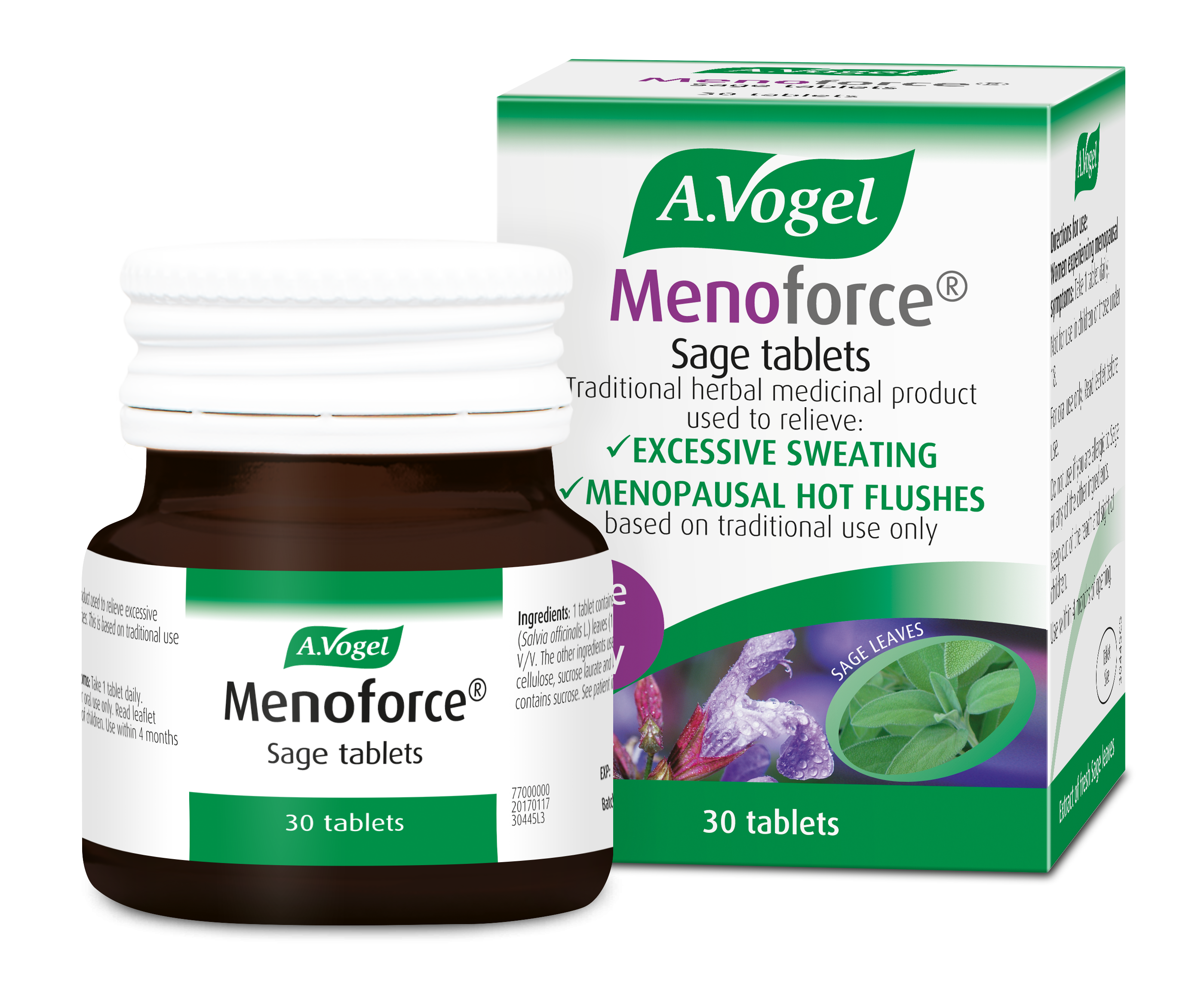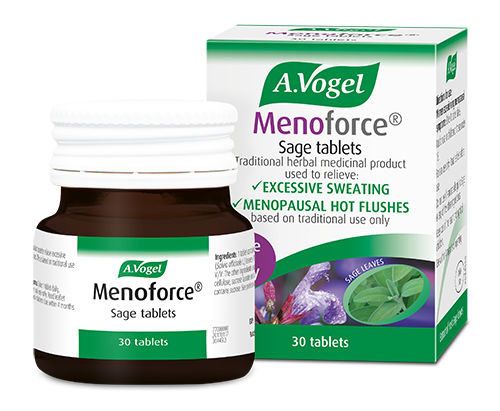Today's Topic
Today on A.Vogel Talks Menopause, I'm going to be talking about three additional increased sensitivities in menopause.
As I mentioned above, a few weeks ago, I looked at some commonly increased sensitivities which can occur in perimenopause and menopause, explaining all about food sensitivities, smell sensitivity, sensitive skin, feeling extra sensitive emotionally, and also, a sensitive bladder.
Many of you got back to me with your own experiences of extra sensitivities, so I thought I would go through three more today, explaining why these can occur and what you can do to help yourself.
1. Sensitivity to pain
In simple terms, oestrogen is almost like a natural painkiller and it's one of the reasons why women tend to be able to tolerate more pain than men.
In our child-bearing years, we have a lot more oestrogen in our system. So, of course, when our oestrogen starts to fall, it means that any aches and pains we may experience can feel more painful than they did before perimenopause and menopause.
Our joints and ligaments can also be affected by dehydration and by falling oestrogen. This can increase inflammation, pain, and discomfort in any joint in the body, from our fingers, neck, and hips, all the way down to our toes.
What can help?
For this particular one, I would recommend drinking plenty of water to keep the joints well-hydrated, and also, you could look at the herb Devil's Claw. This is traditionally used for joint and muscle aches and pains, and an easy way to take it is in our licensed Atrosan Devil's Claw tablets.
2. Sensitivity to changes in temperature
This is a really big one and it's something that many women experience during perimenopause and menopause. We have a gland in the brain called the hypothalamus. This gland is a bit like our body's central heating thermostat, so when we get cold it turns the heating up and warms us up a little bit. When we get too hot, it turns the heating down a little bit, just as we would with our home central heating thermostat if the room was too hot or too cold.
The problem is that when our oestrogen starts to dip in perimenopause and menopause, this temperature regulation can go haywire and it sets our base temperature lower, so we can feel hotter at a lower temperature. For example, previously you may have started to feel warm if it got above 20 degrees. Now, you could feel hot when it gets to about 18 degrees, so your body is reacting to lower temperatures.
This is often what triggers hot flushes and sweats because your body is picking up temperature changes much more quickly than before. But it can also be outside temperatures too. A lot of women tell me that they find that they can cope better in the winter when the weather is cooler, for those of you who live in climates where you get winter and summer. But they find that it's much harder for them to cope in the summer because their body is reacting to heat when it's lower rather than higher.
Other areas where this can occur, and a lot of women tell me about, is when they're using hair dryers. They find that the minute they switch the hair dryer on, they get a sudden surge of heat. It could also be hot showers if you have the shower too hot. An easy one there though, you just turn the temperature down and you might find that you're okay.
Exercise too can cause your body to heat up. If you start to do a lot of aerobic exercise, you might find that you get hotter and you sweat a lot sooner during your exercise class than you did before. And for those of us that are going into winter, the central heating can do it. And remember that the central heating can be very, very drying, and create a very dry heat, which can trigger the rise in your temperature again.
What can help?
For this particular one, you can look at the herb Sage, which is traditionally used for hot flushes and night sweats. An easy way to take Sage is with our licensed Menoforce Sage tablets. These convenient one-a-day tablets contain extracts of fresh Sage.
A.Vogel Menoforce Sage Tablets for Menopausal Hot Flushes and Night Sweats, One-a-Day, 30 tablets
£15.99 (30 tablets) In Stock Get it tomorrow, 18th December.
3. Sensitivity to light
Falling oestrogen can affect the shape of the eyeballs, so your lens can then change shape and that can affect your sight. It also means that your eyes can be a bit slower at reacting to rapid light changes. So, for example, if you're going from a dark room into the sunshine, maybe previously your eyes would react quickly to protect you from the glare, and now that's taking a lot longer to happen and you're having to squint. This can be quite uncomfortable. And sometimes, the level of light gets to the point when your eyes can't cope quite so much.
With this particular one, I always recommend getting your eyes tested regularly when you go through menopause and postmenopause because your sight can deteriorate a lot quicker. You can also be more prone to eye conditions, such as cataracts and glaucoma. Other health issues such as diabetes can also be picked up by getting your eyes examined. So, if you are becoming more sensitive to light, then I really would recommend that you get your eyes tested regularly just to make sure that everything is okay.
So, I hope you found this interesting. As you can see, so many different sensitivities can appear in perimenopause and menopause. So again, if any of you out there have experienced any other sensitivities and you're wondering if it's anything to do with menopause, then please let me know.
Until next time, take care.
You may also find these topics helpful:
Menopause and 5 increased sensitivities you can experience









